In 2017, Bristol’s MESH granted access to a film crew to document the second leg of their tour of Germany in support of their seventh album ‘Looking Skyward’.
Filmed in Hamburg, Cologne and Königsstein, as well as 23 live tracks presented in an engaging fast cut style capturing the energy of a MESH show, ‘Touring Skyward – A Tour Movie’ also includes honest interviews with founder members Mark Hockings and Richard Silverthorn.
There is additionally footage from backstage and during soundcheck, with each of the band including keyboard player Richard Broadhead and drummer Sean Suleman explaining their performance set-ups. Compiled like a musical road movie, there are other insights such as the band relaxing on the tour bus after another successful show and interviews with fans. As a live record and documentary, ‘Touring Skyward – A Tour Movie’ is everything that DEPECHE MODE’s tediously difficult to watch ‘Spirits In The Forest’ was not.
Richard Silverthorn joined ELECTRICITYCLUB.CO.UK from his studio for a game of Vintage Synth Trumps and talked about the four and a half year journey to bring ‘Touring Skyward – A Tour Movie’ to their ‘Friends Like These’.
Your first card is a Korg Poly Six…
I never owned a Poly Six but I do remember when they were around. I just wasn’t really into Korg and I don’t know why! My first synth was a Pro-One and then I had some Roland stuff but I never had a Korg. I have a couple of Korgs now and I quite like them, I have an MS-2000 and a Trinity rack which I use a lot of pianos and things. Korg never felt “cool” to me, all the bands I was into, I never saw them play a Korg.
Who were you into?
For me, the first thing that got me into electronic music was the ‘Dr Who Theme’, as a kid it was like “woah”, I didn’t know what the hell it was, it was quite scary, unusual, bleak and amazing. Then there was the OMD stuff, Gary Numan blew me away… I was never really a big fan but the singles at the time like ‘Cars’ and ‘Are Friends Electric?’ were just leaps and bounds ahead of what anybody else was doing, it was such a big unusual sound.
Then, YAZOO and DEPECHE MODE were a big influence. I really loved up to and including ‘Songs Of Faith & Devotion’. ‘SOFAD’ has got a great grim atmosphere and you can really feel the angst. But after Alan Wilder left, I don’t think it’s been anywhere near as good. I have seen them a couple since, I find it all a bit lacking the atmosphere and energy it used to. I still find myself wanting to like it but I really don’t. I was also into the lesser known electronic pioneers like DAF, FAD GADGET and PORTION CONTROL.
So you have the ‘Touring Skyward – A Tour Movie’ film coming out. When you are performing, how conscious are you that the cameras are filming?
Yes, at the start…. we filmed three shows so you know which shows are going to be done and where the cameras are going to stand but by the time you’ve got on stage, you go into the routine of doing a show and kinda forget about them. To be honest, the six members of the film crew had SLR type cameras so it was very discrete.
So if you know you are going to be filmed for three shows, do you do things like co-ordinate stage clothes so that you are wearing the same thing on each night because in DEPECHE MODE’s ‘Spirits In The Forest’, Dave Gahan knew he was being filmed on two nights but wore two different coloured shirts so in the final cut, the colour of his shirt keeps changing!?
Haha… no, we wanted to feature performances from three shows, so it was in contrast to that, we were after a different look and feel for each.
Another card and it’s an EMS VCS3…
Really old, this is going back to the ‘Dr Who Theme’ in a way! This synth is way out of my league, I’ve never owned one and I’m not sure I’d want to… for me, it’s a noise generator, not so much a musical thing! I struggle with that like I struggle with that whole modular thing! I find it all fantastic but for me I find it distracting when I’m trying to write, I just don’t want to know it!
With the ‘Looking Skyward’ album, I did some modular stuff but everything was already written and the lines were there, but we started replacing those lines with modular sounds. On one track, I played a slide guitar-type effect and we decided to replace it with a modular sound… it took FOUR HOURS to replicate this sound, at the end of it, I just wanted to put the guitar back in!
In the end, we did use it and every time I hear it, I love it but only because I know how long it took. This is the thing with modular people, they know how clever it is and how long it took, but to the outside world, it could have been done on any cheap keyboard if you know what I mean. Don’t get me wrong, I do love the results but it’s so time consuming. If I had an EMS, it would sit here in the studio and do nothing apart from gather dust.
It’s been 4 years since the tour, how involved can you want to get in finishing the ‘Touring Skyward – A Tour Movie’ after so long, especially as the ‘Involved – Retrospective Tour’ has happened since?
The plan was for a film which after it was recorded was handed to the label for editing which obviously is a big job. Then things slowed down and it was beginning to frustrate me.
I had the original job of mixing the audio but after three tracks, I literally could not do anymore! I’d written the album with Mark and heard the songs a million times in the studio, then I reprogrammed all the songs for the tour, and then when I came back, I just physically could not listen to the songs anymore.
So I passed it over to our monitor guy on the tour Elliot Berlin and he had a few issues with some of the files so it was a bit of a disaster… then the Covid thing came along which slowed everything! It has taken forever and I had almost lost interest, but it’s now all come together and people seem to be quite excited about it so I’m glad to still be onboard.
What Dependent do with the boxed sets is second to none. Obviously it’s my boxed set but it looks fantastic, all the boxed sets they done have been amazing, they still think there’s a fanbase who are collectors who want vinyl, CD and something special they can hold. The last one was limited but they sold instantly.
Was there much post-production work needed on the recorded concert sound?
The final mix is from the tracks that were recorded… there is a massive temptation to pitch correct and autotune here there and everywhere, take off the bum notes and add new lines but because it went outside of the band to do, he just mixed what we had and it is just those 24 tracks of live audio. There are parts where I really wanted more ambient mics so that you could hear the audience, but they were missing… so it’s difficult to turn them up without bringing everything else up. It is an honest account of what a MESH show is like, it’s not polished up in any way.
The next card is a Multimoog, are you a Moog enthusiast?
My first synth was a Pro-One but I very nearly bought a Moog Prodigy. I then went almost through my whole career not owning a Moog but then 2-3 years ago, I bought the DFAM drum machine and a Mother32. Now I’ve got a Grandmother as well so I’m a latecomer to the party. I love the DFAM, it sounds sh*t but it sound so sh*t that it sounds really good, if that makes sense.
It gives you that weird horrible percussion thing, I love things that have got a character, that are a little bit out of tune and distorted. It’s very cool stuff. It’s semi-modular and very flexible.
Obviously this film is based around the ‘Looking Skyward’ album, did you feel the pressure of following-up ‘Automation Baby’? It was a tough act to follow…
I thought so as well, dead truthfully, even when I was writing for the album, I was quite anxious the whole time… thing is, you couldn’t play it to many people but I wanted to play it to somebody just to see if it was living up to expectations. Yeah, I had a hard time of it, it was a difficult album to make because I did really feel the pressure. I don’t know why ‘Automation Baby’ was such a success, obviously I liked it and thought we had put out a really good album, but it went bigger than we ever expected it to.
It was a difficult time and but ‘Looking Skyward’ did better in sales and chart position than ‘Automation Baby’ did… I’m feeling the pressure again now, with what can I do different or better with the next album. I liken it to LINKIN’ PARK, the first album ‘Hybrid Theory’, it was amazing, then the next one came out and people said “It’s sounds the same as the last album!” and everyone was disappointed. But then for the third album, they did something completely different and everyone then went “That doesn’t sound like LINKIN’ PARK!” You can’t win! *laughs*
You know what I mean, it’s that feeling and that’s where I am at the moment! I’m desperate to do something new, fresh and different but we need to keep the fans happy without disappointing them by doing the same thing. Sometimes it’s better just to shut off and try and do your own thing and not over think it.
Mark doesn’t do interviews very often but is quite happy to talk on camera, did that take much persuading?
Mark does do interviews but he is the “quiet” one, maybe haha… the film crew had full access all day and asked questions and he was quite happy to answer in a relaxed situation.
Richard and Sean each get a slot too, Richard’s bit explaining the keyboards was a bit like Alan Wilder in ‘101’?
Yeah, they do interview all four of us showing what we do on stage and going through all the technical bits…
Another card and it’s a Roland SH101!
OH! NOW YOU’RE TALKING! I’ve got one here in the studio. I have a story about my SH101.
When I bought my Pro-One back in the day, my best friend Gary decided he was going to buy a synth and the SH101 was a slightly cheaper synth at the time. He lost interest quite quickly after buying it so I acquired his synth at a good price and that’s the one I still have now.
Unfortunately he committed suicide when we were 21 and it made a massive hole in my life so my SH101 means a lot to me. I use it a lot, it’s a fantastic synth and I would never get rid of it. It has had a few repairs with the occasional switch dying but still fully functional. There are so many lines on all the albums that were made with this, great for just putting the sequencer into record, writing a sequence and transposing it around… the track ‘Confined’ from ‘In This Place Forever’ is pretty much all made with the SH101.
‘The Traps We Made’ features Raleigh Choppers, did you have one yourself when you were younger?
I DID! I had a blue one, a Mk2, that was my first bike! *laughs*
It’s a funny thing, Mark is about the same age as me so into the same kind of stuff and we often talked about Raleigh Choppers, it was a running joke. Then one afternoon ahead of the tour, he called me and said “I wanna do some filming, just come round”. When I got to his house, he pushed out these two Raleigh Choppers. It was the friend of a friend who collects them who let us play with them. So we spent about an hour riding down this street on these Raleigh Choppers and did a bit of filming.
Did you ever try and do Evel Knievel type stunts on your Chopper?
Yeah! Plenty of cuts and bruises, I still do now mate with my mountain biking and motocross! *laughs*
Evel Knievel was my childhood hero, I used to have a poster in the studio from the Evel Knievel UK tour and I had tickets to see him at Bristol City Football Club but he crashed at Wembley Stadium so the whole thing was cancelled! I was absolutely devastated as a young kid!
‘The Last One Standing’ has become something of a crowd favourite? Was that a surprise?
That one, yes! We always write to the best of our abilities, we’ve never put out anything where we’ve gone “Oh that’ll do”. But songs come alive when you play them live… you get different reactions but with that track, I don’t know why! It became one of the big things on that tour… I recently got our Spotify End Of Year things and that was the biggest streamed track of ours this year, 4 years on…, it’s still really popular! I don’t know why but you strike a chord with certain things, people warm to it.
It’s a bit like ‘Taken For Granted’, when we did it first time round, I really liked it and it was a great track. But then we played it at a show in Gothenburg and everybody started singing it at the end. It was like “Woah! This is a bit strange” but because of the internet, a video got posted up and at the next gig, everyone there starting doing it and it because this self-perpetuating thing and got bigger and bigger and bigger to becoming at standard thing to do at our shows now.
‘Taken For Granted’ has become your ‘Never Let Me Down Again’ type anthem…
You don’t know whether these tracks when you put them out, if they are going to be firm favourites or just another track… I still love playing it!
Are there ones where you’re enthused at the beginning of a tour but halfway through, you’re like “do we have to play this one, can’t we do something else?”?
There have been a couple… we reprogramme everything for the tour so it’s not just album backing track sh*t, when you see MESH, it will not be the CD versions. Sometimes, you programme something and you think it sounds great and it’s going to be good but then after two or three shows you realise “this isn’t quite working!”; you don’t know why and just drop it but we’ve always got a couple of spare tracks lying around for a tour and we try each night to chuck a different one in and try something. By the time you get to the end of the tour, you got this almost perfect set.
The final card is an Oberheim 8 Voice…
I haven’t got a great deal of Oberheim stuff, the only thing we had was Mark had a Matrix 1000, it was quite cool but kept on playing up, it would lose every 4th note because one of the voices was going. He had it repaired a few times but it took a bit of a back seat from then on because we were almost too scared to use it in case it broke down again.
In the film, there’s behind the scenes footage on the tour bus, the playlist was good fun and featured THE LIGHTNING SEEDS, RACEY and BONEY M… some fans have this impression of bands like MESH only listen to dark electronic music but that’s probably the last thing you want to hear when you are winding down?
That’s exactly it mate! Our German tour manager Jan Winterfeld really likes RACEY and other 70s and 80s nonsense… I find that so funny, RACEY are from Weston-Super-Mare which is just down the road from where I live! He plays BONEY M and SHAKIN’ STEVENS, it is that whole release thing all day there is that pressure, you are all doing your own thing, the stress of the day and the show then you get to the end, you have a few drinks and someone puts on that stuff and you’re like “Yeah! It’s relax time”… it’s all kinda funny when you’ve had a stressful day *laughs*
What’s your highlight from the film?
We did an outdoor show in Königsstein which is an old castle in Germany which came across really well and looked good.
But I loved all the clips on the tour bus… as a fan of other bands, I don’t really want to see the performance as I’ve probably seen that on the tour, I want to see all the nitty gritty stuff that goes on behind-the-scenes like the setting up and the talking to the band etc! This was one of the things we wanted to have on our film as it reminds me of a good time, that’s the thing that stands out for me.
Finally, is there a synth you covet, old or new?
It’s not a synth, it’s a sampler… I really want an Emulator II, just because every band I was into had one, it was a statement, like “Look at us, we’ve got some money, we’re cool!” – they were £8000 back in the day, which way over what I could afford. Then they came down to almost into the hundreds when they were superseded by something new and I wish I bought one then. I keep looking and now they’re back to £3000-4000 but I know if I had it, I would never use it. I’ve got an EMAX II which is far superior to the Emulator II but I just want it because it’s an iconic thing for me. I would hang it on the wall as a piece of art.
ELECTRICITYCLUB.CO.UK gives its sincerest thanks to Richard Silverthorn
Special thanks to Stefan Herwig at Dependent Records
‘Touring Skyward – A Tour Movie’ is released on 28th January 2022 by Dependent Records as a limited edition 60 page photo art book containing a 3 ½ hour Blu-ray and two audio CDs, pre-order available direct from https://en.dependent.de/en/Artists/Mesh/Mesh-Touring-Skyward-A-Tour-Movie-Artbook-BR-2CD-mind325.html
https://www.facebook.com/meshtheband/
https://twitter.com/meshwecollide
https://www.instagram.com/meshwecollide/
Vintage Synth Trumps is a card game by GForce that features 52 classic synthesizers available from
https://www.juno.co.uk/products/gforce-software-vintage-synth-trumps-2-playing/637937-01/
Text and Interview by Chi Ming Lai
12th January 2021

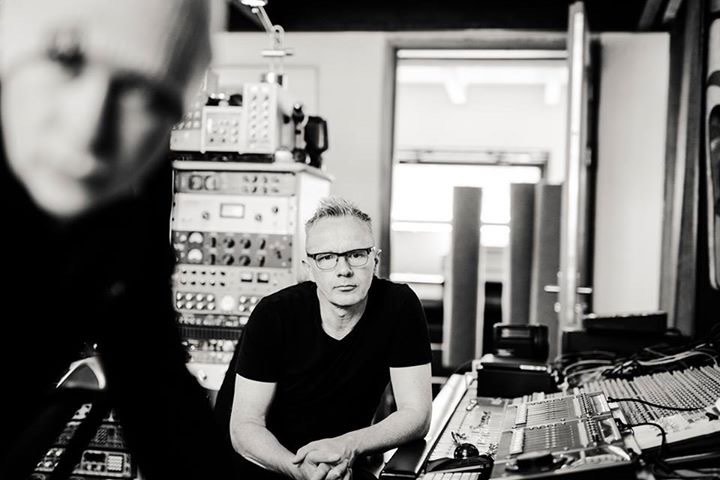
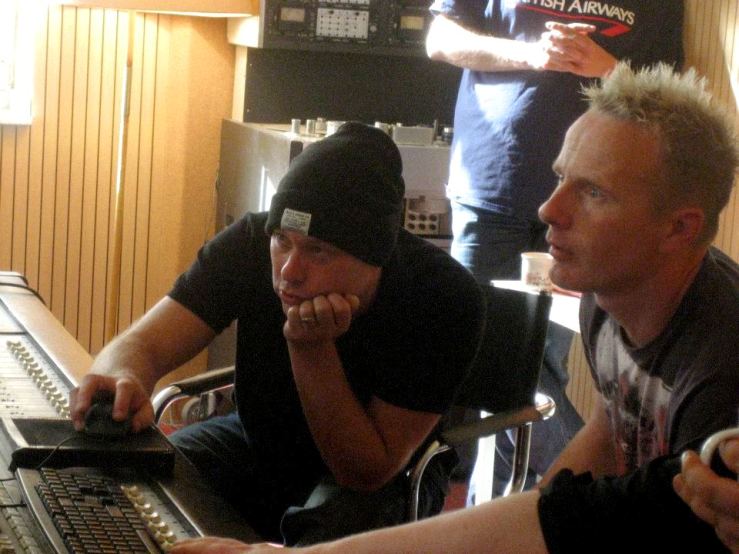
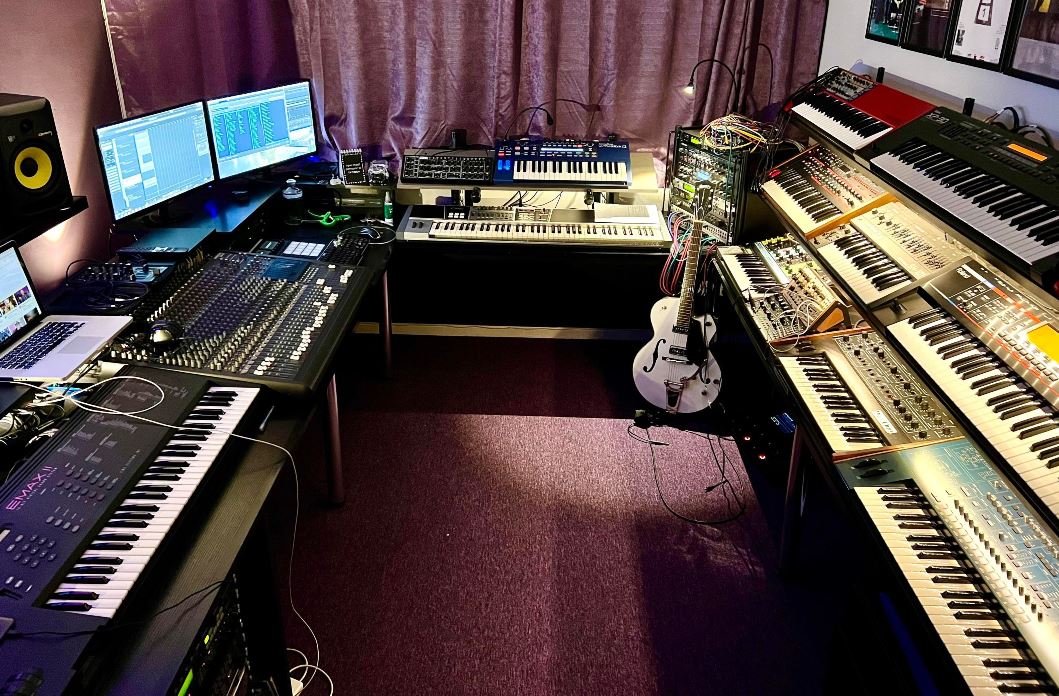

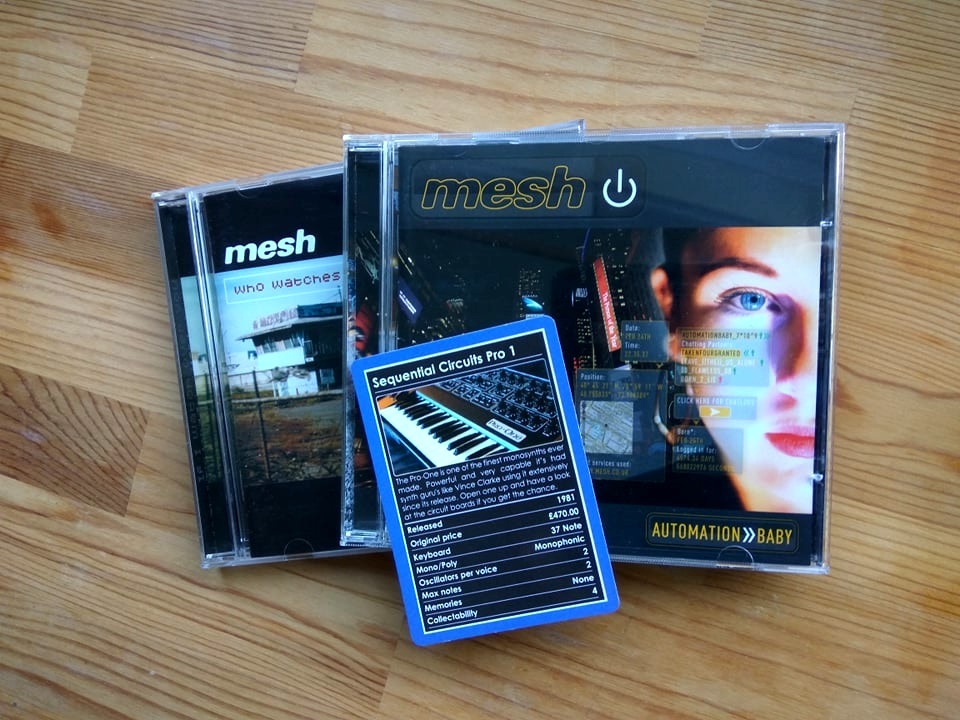
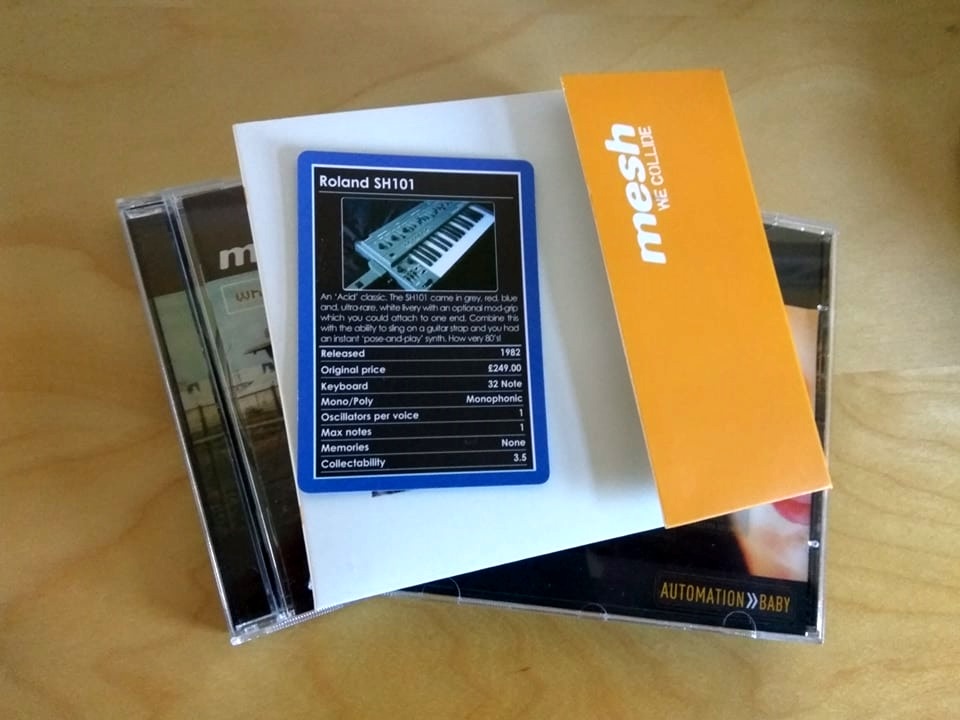
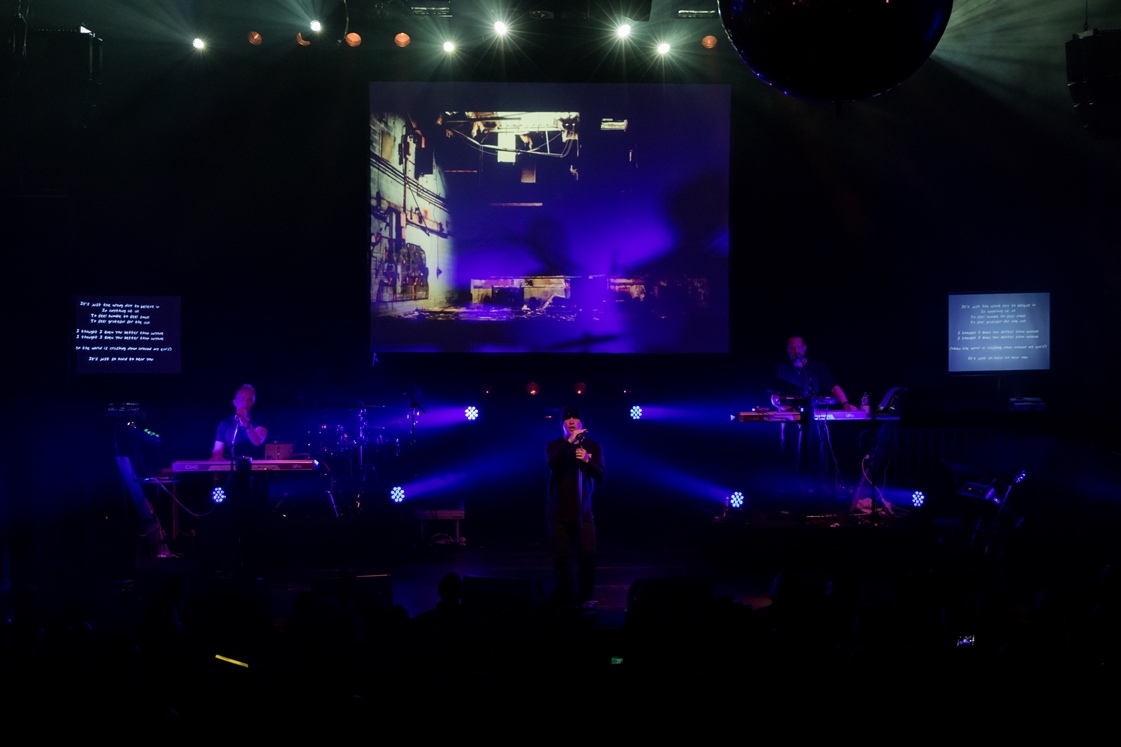
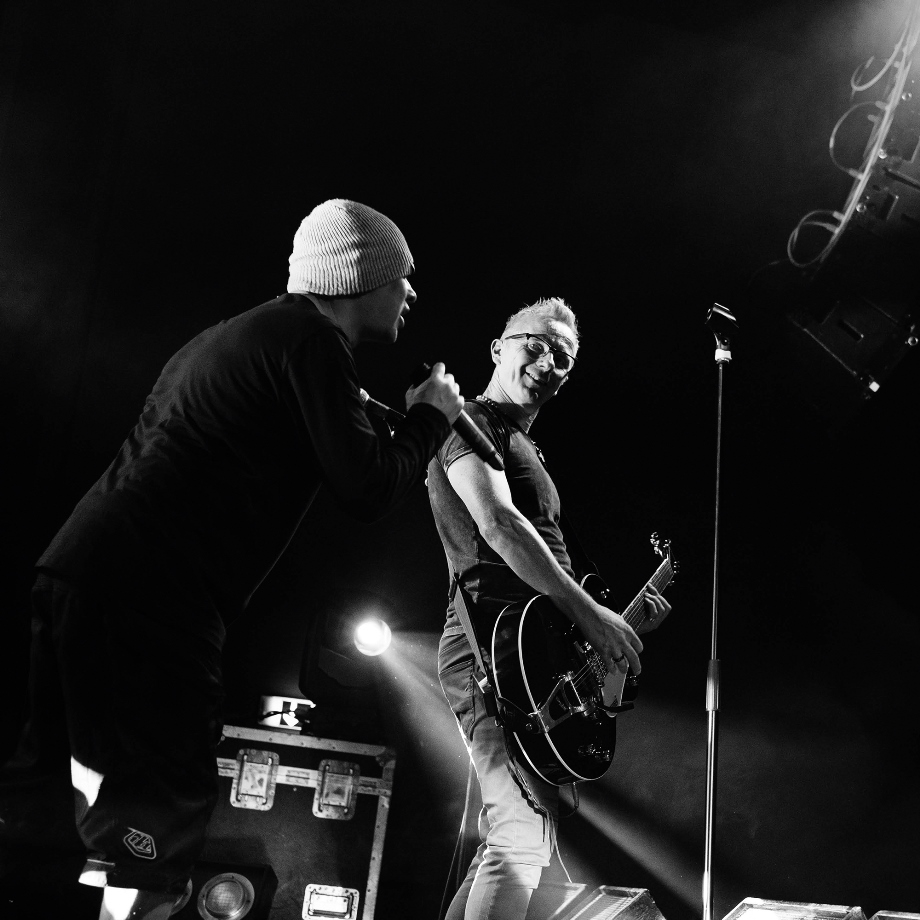
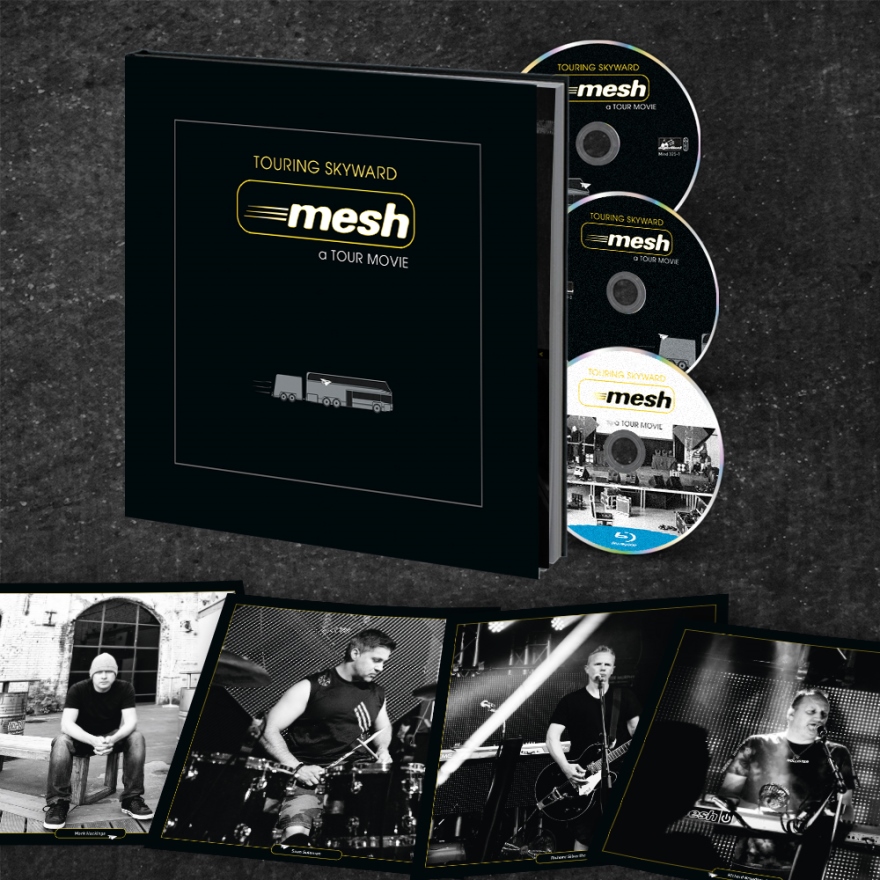
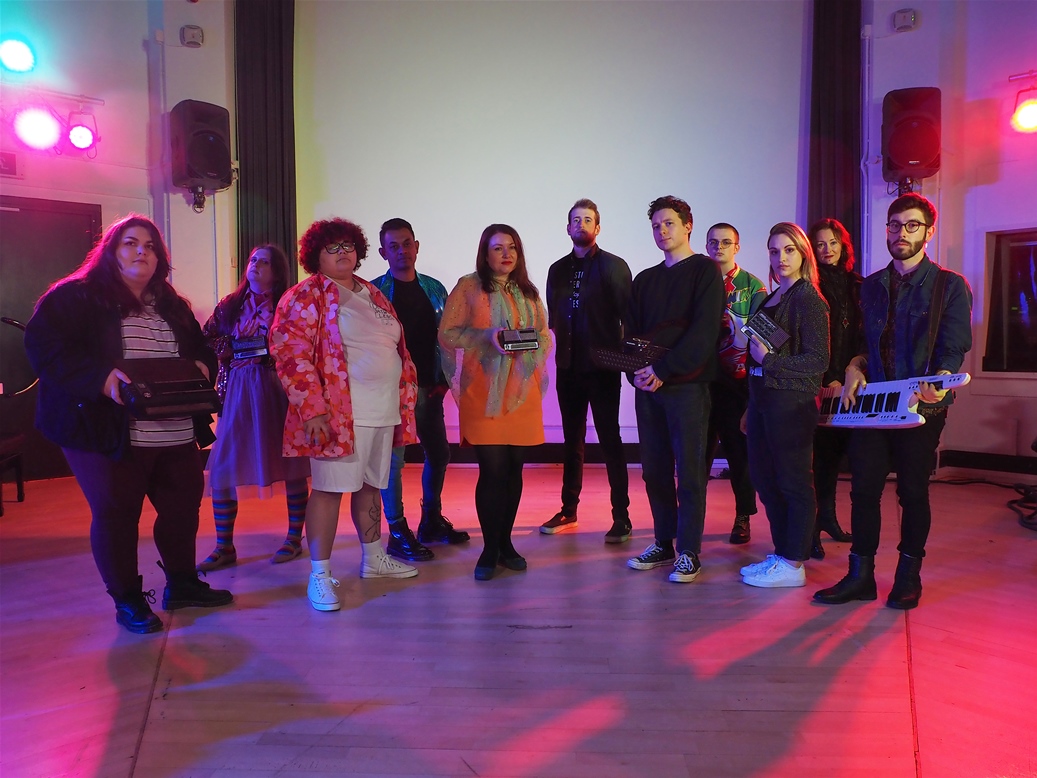
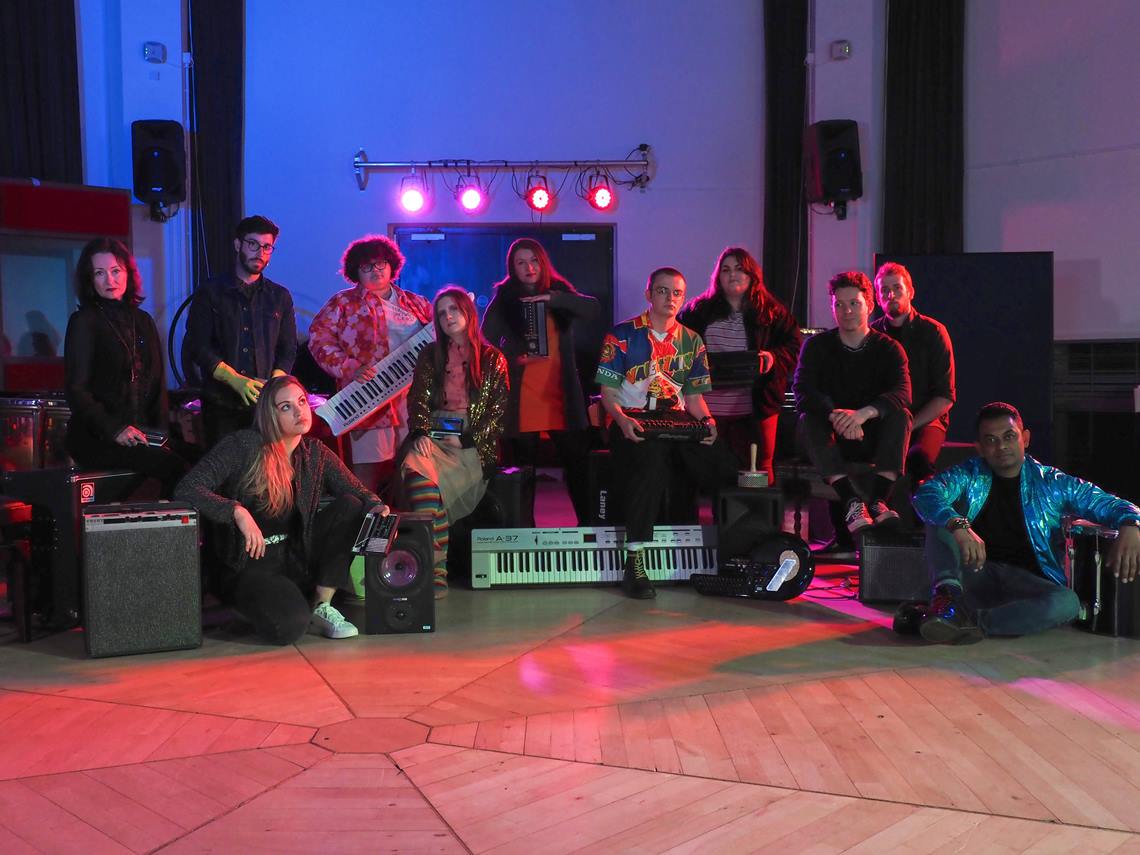

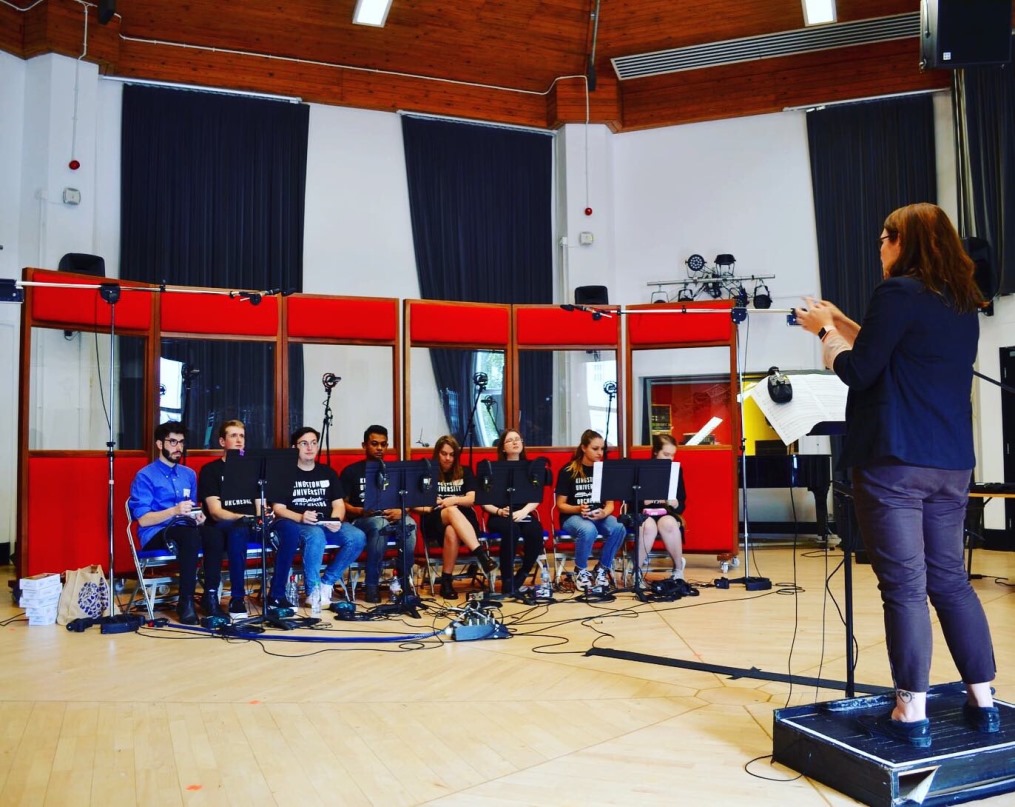

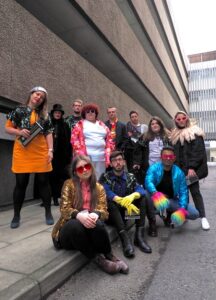
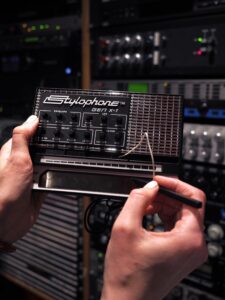
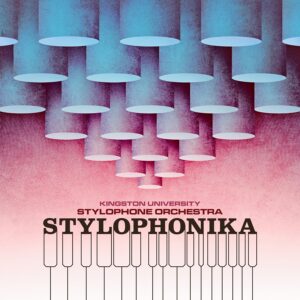



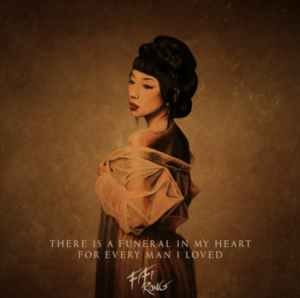

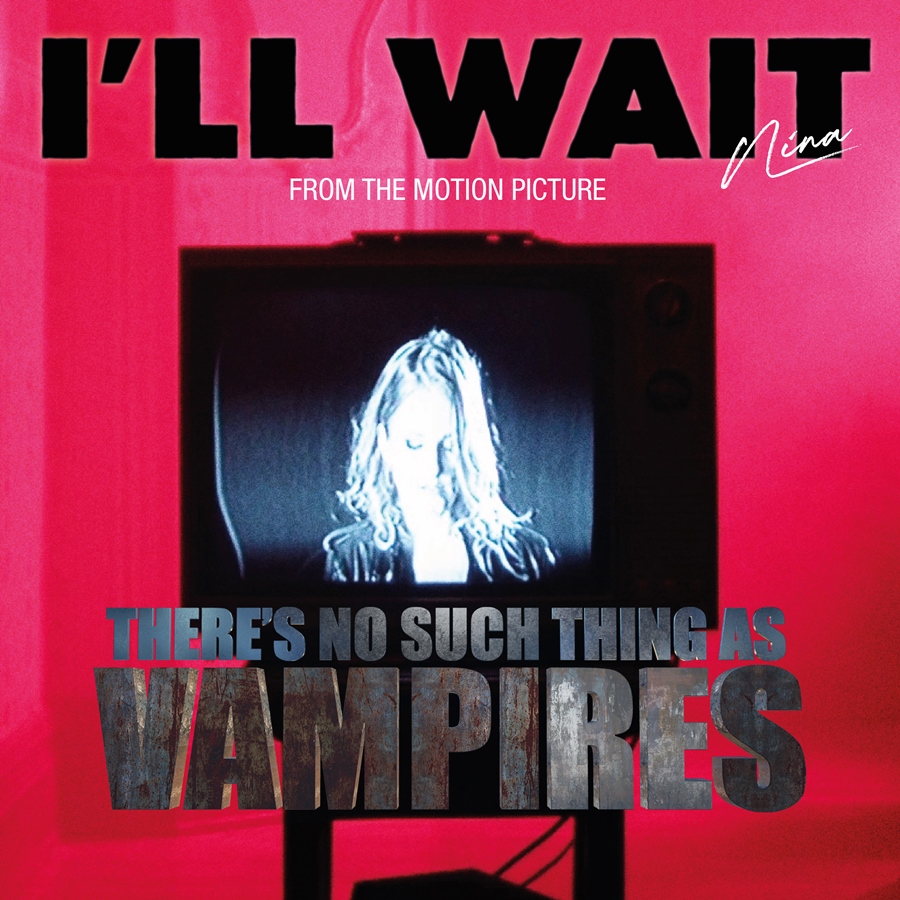
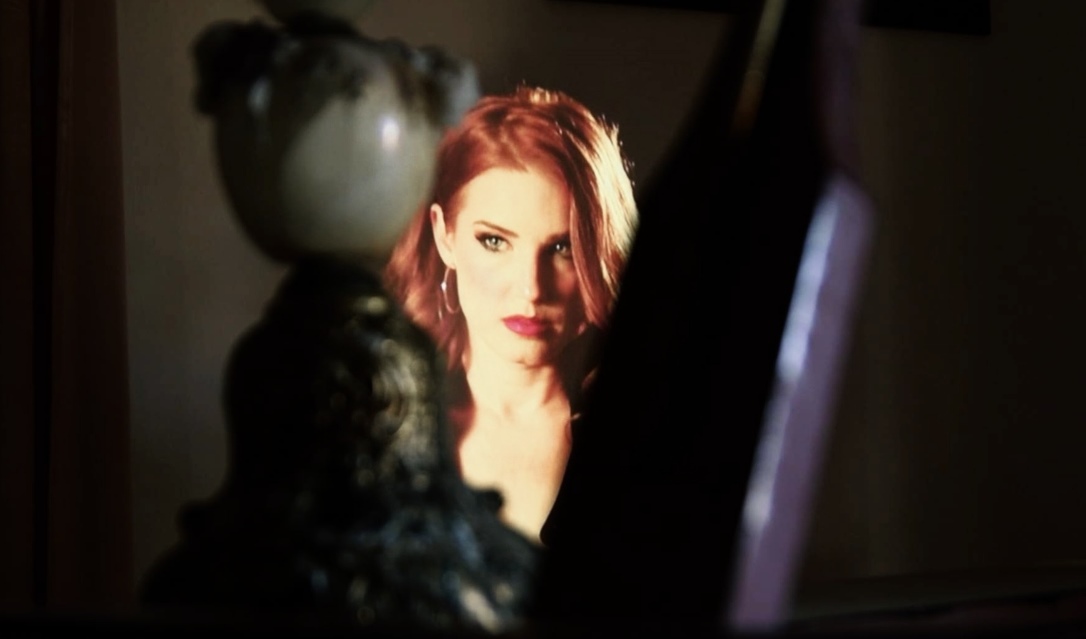
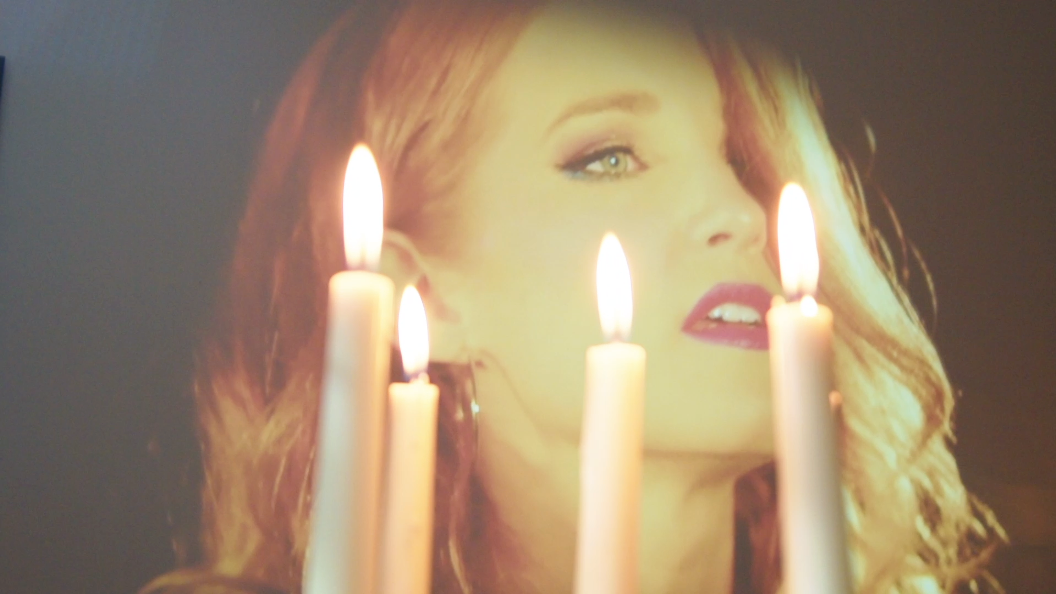
 The film ‘There’s No Such Thing As Vampires’ is released on 12th December 2021 in North America and Great Britain on Video On Demand and BluRay
The film ‘There’s No Such Thing As Vampires’ is released on 12th December 2021 in North America and Great Britain on Video On Demand and BluRay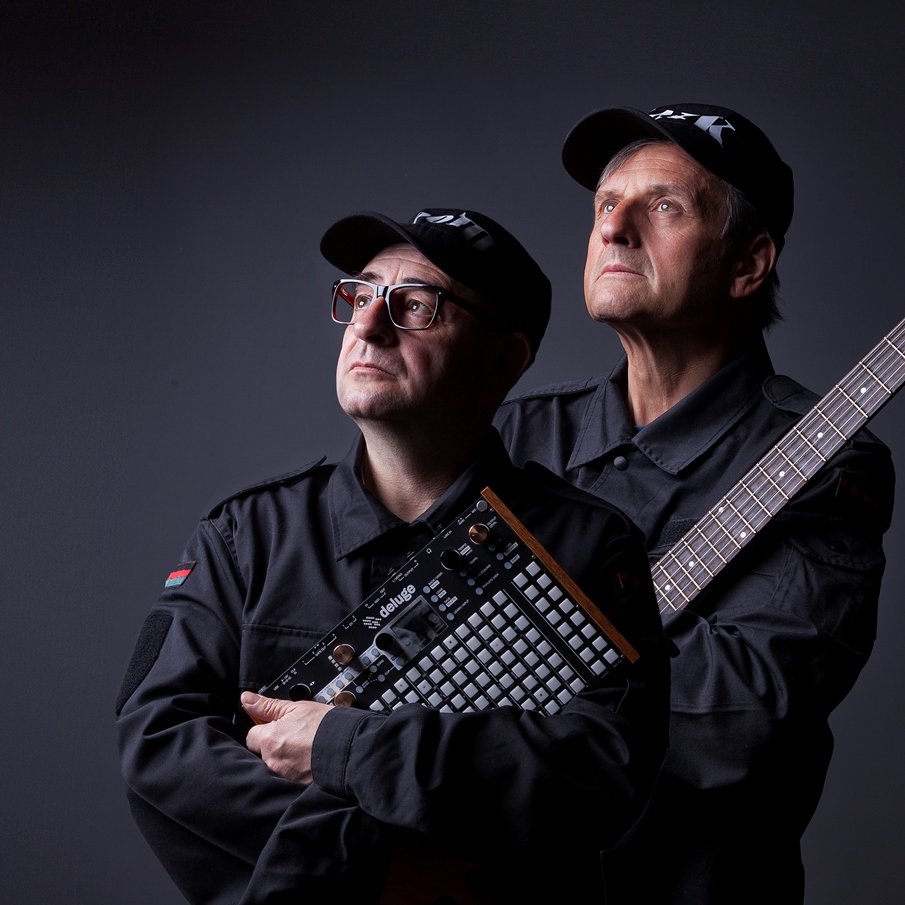
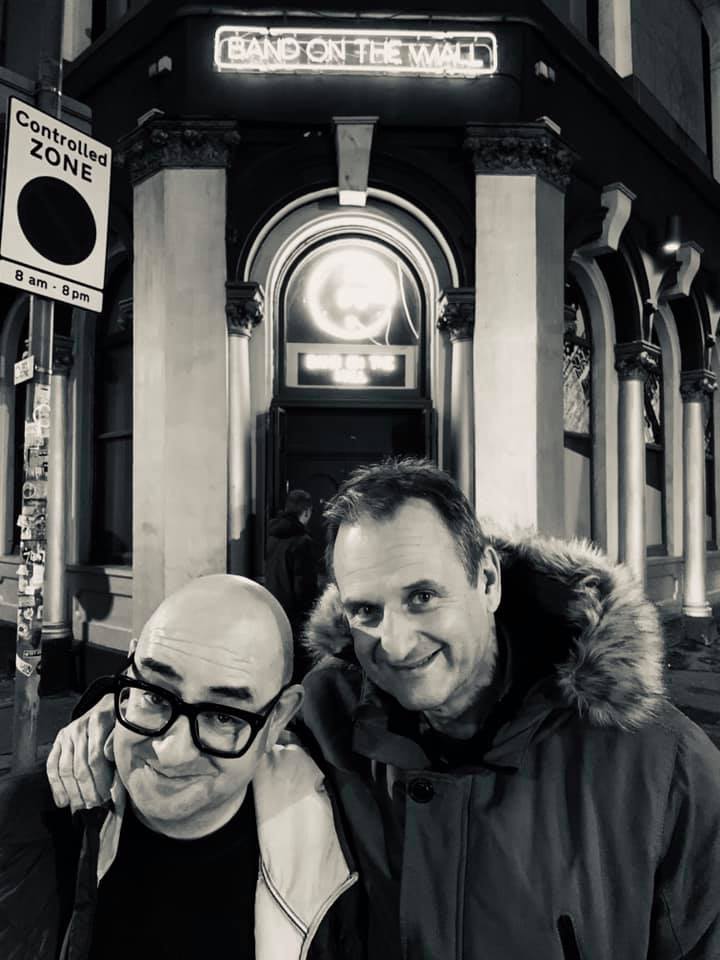
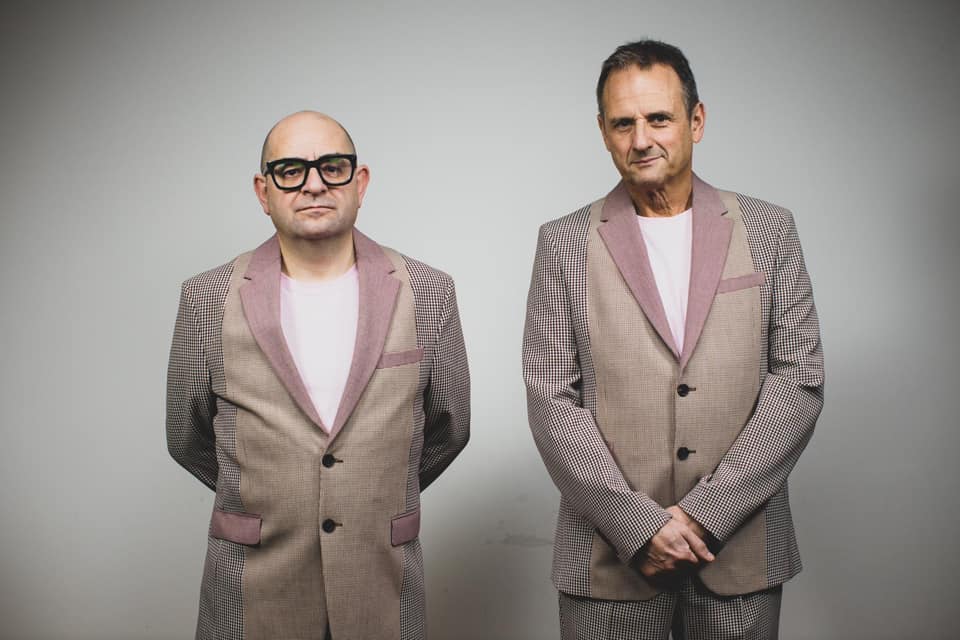
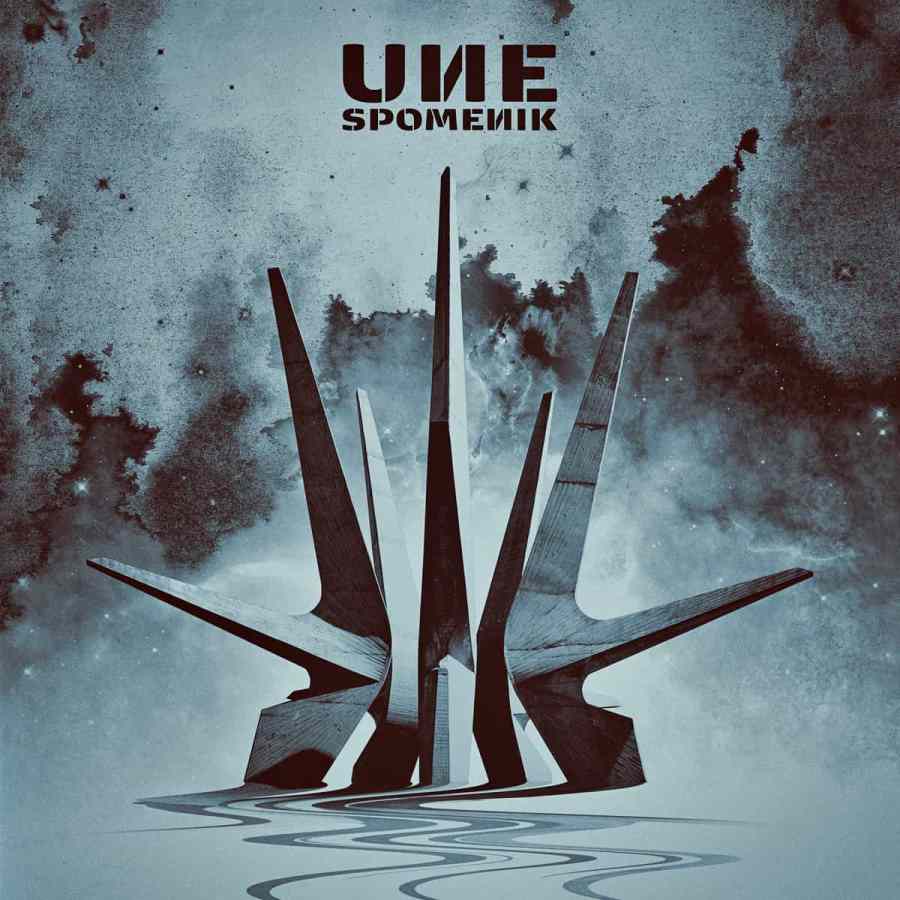
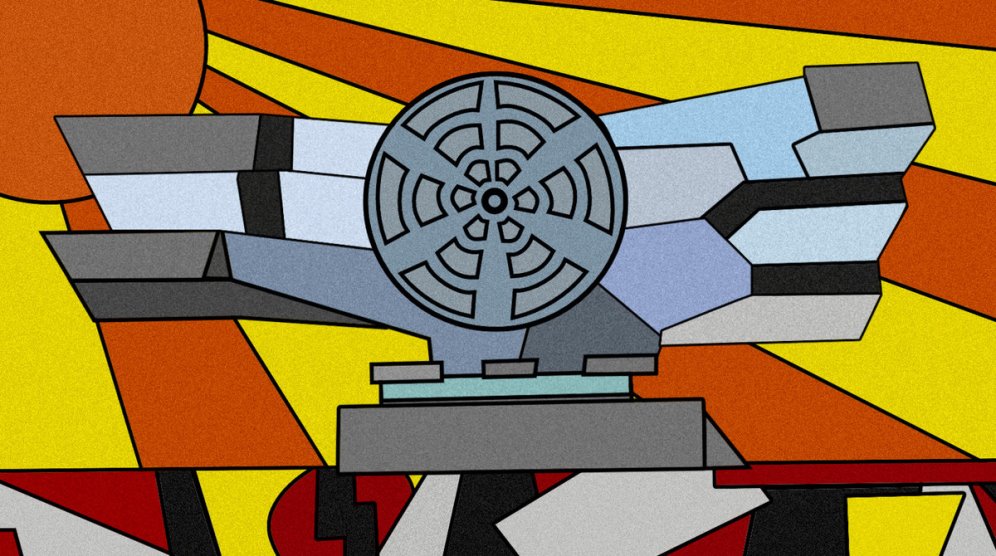

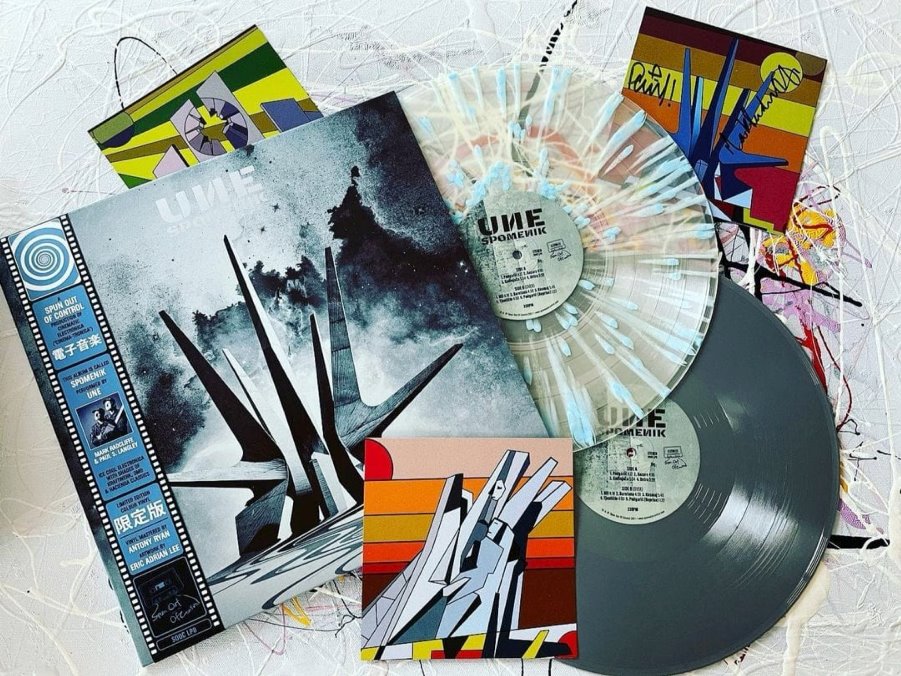
Follow Us!